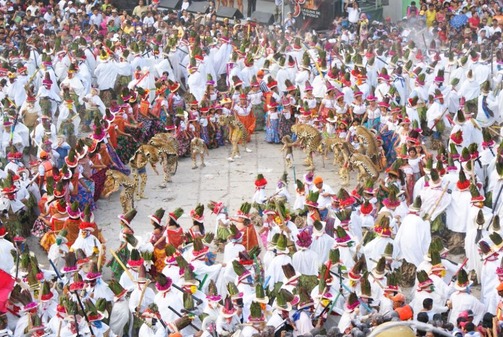
Forget everything you think you know about carnivals. Bright feathers, samba drums, glittery floats? You won’t find them here. Instead, picture this: sweaty bodies painted in black grease, primal howls, wooden masks, jungle drums, and dancing that feels more like an ancient exorcism than a parade. Welcome to Carnaval de Tenosique — the weirdest carnival in Mexico, maybe even the world.
Held every year in the southern state of Tabasco, in the small town of Tenosique, this carnival doesn’t just celebrate chaos — it channels it. And trust us, you've never seen anything quite like it.
What is the Carnaval de Tenosique?
This isn’t just a party — it’s a pre-Lenten ritual wrapped in myth and mud. The carnival is famous (in the regions that actually know about it) for the Danza del Pochó, a mysterious performance rooted in pre-Hispanic beliefs about good versus evil, life versus death, order versus wildness.
It's believed to be one of Mexico’s oldest continuously held carnivals. While the dates vary each year depending on the calendar, it usually begins in January and runs until Ash Wednesday — but don't expect a set schedule. Here, the only thing you can expect… is the unexpected.
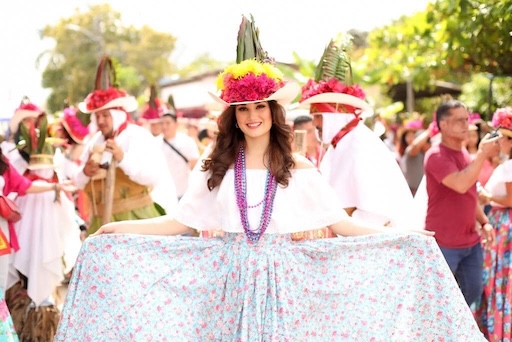
Let’s Talk About the Pochó
The heart of the carnival is the dance of the Pochó — an ancient god of the underworld. The main characters include:
- Los Pochoveras: Young women in white dresses who represent good spirits.
- Los Cojoes: Dancers painted black with grotesque wooden masks, who represent rebellious spirits or devils. They scream, stomp, spin, and generally cause delightful chaos.
- The Pochó: The unseen spirit — chanted to, danced for, sometimes feared, always respected.
The dancing is raw. There are no choreographed moves, no rehearsed routines. The Cojoes stomp wildly through the streets, blowing whistles, slapping sticks, and hollering as if possessed. Spectators cheer, laugh, and sometimes get chased. It’s not just a show — it’s a shared madness.
Why Is Everyone Covered in Paint?
On certain days, everyone — dancers, kids, grandmas, tourists — gets smeared in black paint or red dye. It’s part tradition, part initiation, and part “just because it’s fun.” People run through the streets like wild spirits, marking others, rolling in dust, and creating a kind of ecstatic, tribal joy. There’s even a saying in town: “Si no estás pintado, no estuviste.” If you’re not painted, you weren’t really there.

This Carnival Isn’t for Tourists — But You’re Welcome
Unlike other Mexican festivals that cater to travelers, Tenosique’s carnival feels hyper-local. The music is raw. The costumes are handmade. The food stalls serve regional dishes like pejelagarto and tamales de chipilín. The people don’t perform for outsiders — they dance for the ancestors, the gods, and each other.
But if you show up? You’ll be greeted with a grin and probably a face full of paint. Just don’t come expecting fancy stages or guidebooks. Come ready to dive into something wild and real.
How to Join the Madness
Plan your trip for late January to early February, and check local updates for the main parade dates (especially Sundays leading to Ash Wednesday). The town is small, so accommodations are basic — book early or consider staying in nearby towns.
Bring:
- Clothes you don’t mind ruining
- Extra energy (you’ll need it)
- An open mind
Most importantly, bring a sense of play. Carnaval de Tenosique isn’t about watching. It’s about becoming part of the story.
Final Thoughts
If most carnivals are about glitz, this one is about grit. It’s muddy, mythic, and mayhem-packed. It’s ancient and rebellious, sacred and absurd. Carnaval de Tenosique isn’t famous. It doesn’t need to be. It’s unforgettable for the people who go — and perhaps that’s what makes it so special.
So if you ever find yourself in the steamy southeast of Mexico during the right season… follow the drums, wear something old, and let the Pochó take you.
Share this story and inspire others.
Tags: Carnaval de Tenosique, Mexico carnival, strange festivals, Pochó dance, Tenosique Tabasco, unusual traditions, masked dancers
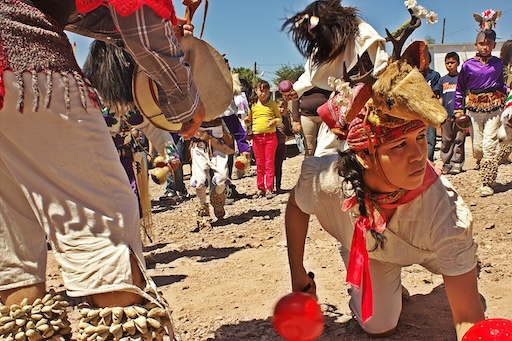 La Danza del Venado – The Sacred Deer Dance of the Yaqui People
La Danza del Venado – The Sacred Deer Dance of the Yaqui People
 Tarahumara Rarámuri – The Ultramarathon Runners of the Sierra
Tarahumara Rarámuri – The Ultramarathon Runners of the Sierra
 La Santa Muerte – The Controversial Saint of Death
La Santa Muerte – The Controversial Saint of Death
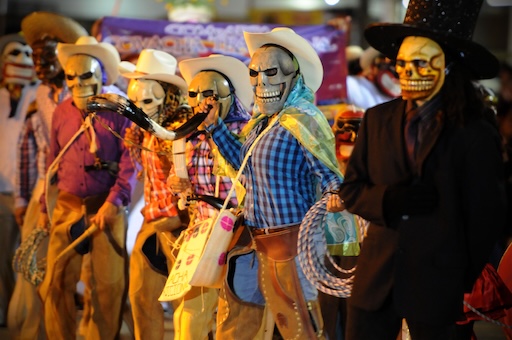 Xantolo – The Huasteca’s Version of Day of the Dead with Masks and Dances
Xantolo – The Huasteca’s Version of Day of the Dead with Masks and Dances
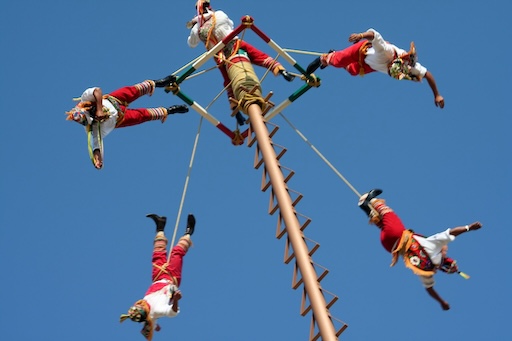 Voladores de Papantla – Men Who Fly from Poles
Voladores de Papantla – Men Who Fly from Poles
 Cenote Sagrado – Sacred Sinkhole of the Maya
Cenote Sagrado – Sacred Sinkhole of the Maya
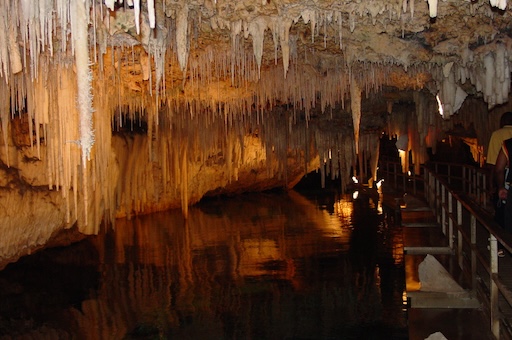 Cueva de los Cristales – Mexico’s Giant Crystal Cave
Cueva de los Cristales – Mexico’s Giant Crystal Cave